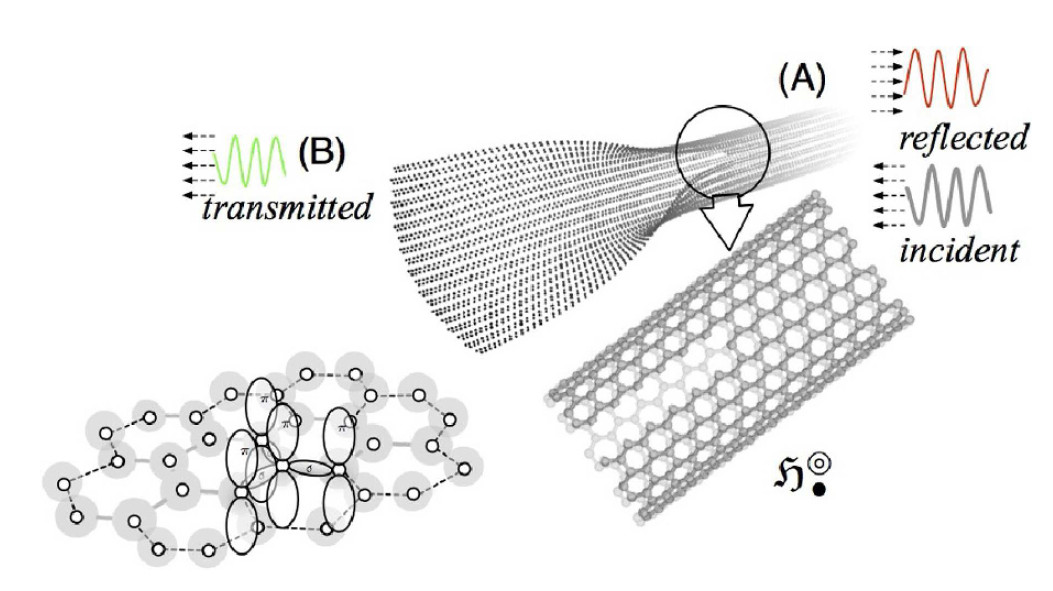EPJ B Highlight - Unzipping graphene nanotubes into nanoribbons
- Details
- Published on 30 May 2018

New study shows elegant mathematical solution to understand how the flow of electrons changes when carbon nanotubes turn into zigzag nanoribbons
In a new study published in EPJ B, Basant Lal Sharma from the Indian Institute of Technology Kanpur provides a detailed analysis of how the flow of heat and electrons is affected at the interface between an ‘armchair’ shaped carbon nanotube and a zigzagging nanoribbon made up of a single-layer carbon honeycomb sheet of graphene. Applications of this method can help us understand the propagation of electrons and thermal flow in graphene and similar materials for electromagnetic devices. For example, a partially unzipped carbon nanotube could act as a device with varying electrical resistance depending on the strength of an external magnetic field applied to it. By contrast, these junctions can also act as perfect ‘valley filters’, allowing certain types of electrons through the junction with the maximum possible conductance, while other electrons can't pass through.
In this study, the author relies on a highly simplified view of the physics involved in the problem of electron and heat flow at the junction, one which nevertheless retains the essence of the problem. To study the junction, the author removes a zigzag chain of carbon atoms from the edge of the nanoribbon so as to create a defect in the junction.
Unlike previous studies, this work resolves the complex problem of electron transport using a method that is mathematically elegant. The model describes the interactions between electrons and relies on a matching method to calculate the transmission properties of the electrons through the junction. A similar method was previously used to explain wave propagation in different kinds of materials, but had little connection to the applications of such electron flows, which involve modelling individual particles' flow.
The author was able to obtain results that very nearly matched the numerical results.
B. Lal Sharma (2018),
Electronic transport across a junction between armchair graphene
nanotube and zigzag nanoribbon,
European Physical Journal B, DOI: 10.1140/epjb/e2018-80647-2





